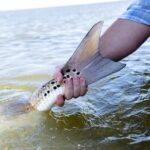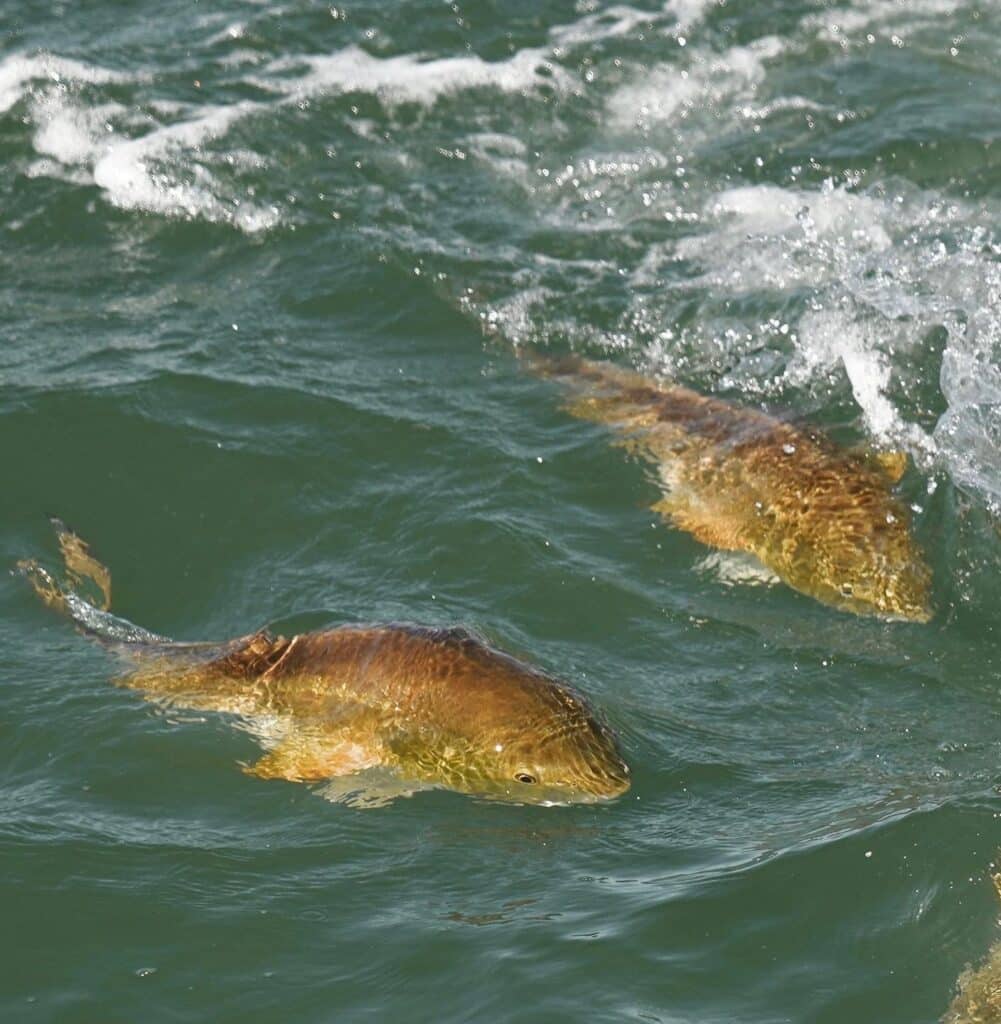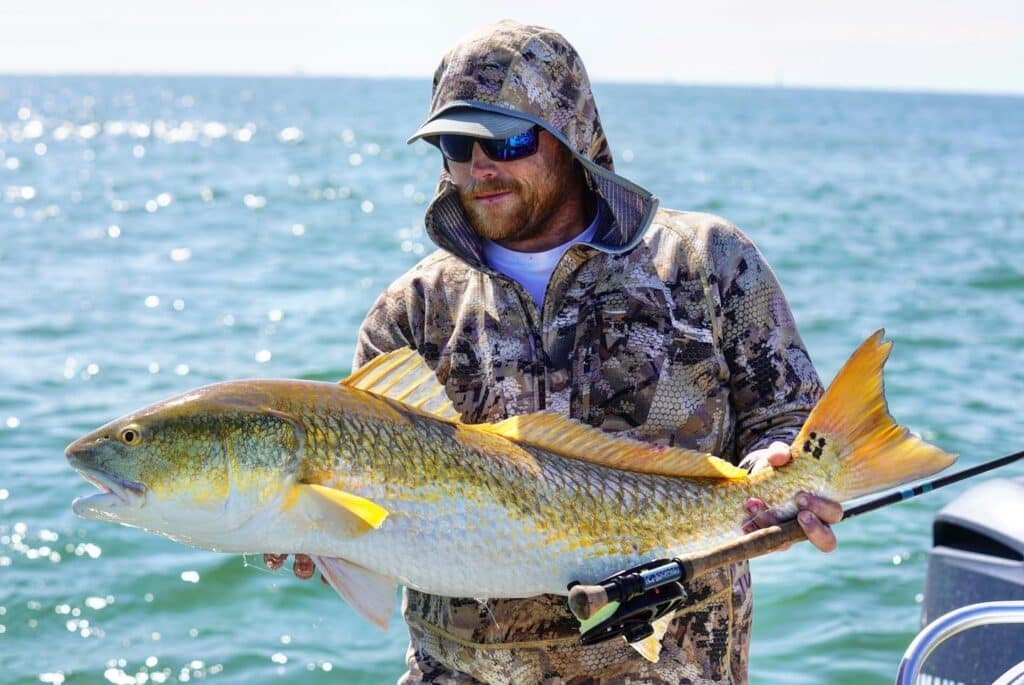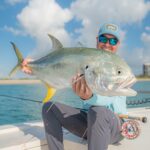
Bowfishing Banned in Biloxi Marsh
Feature Photo: Carter Abramson | Simms Fishing at the Fisheries Science Symposium We have more

Photo Credit: Graham Tayloe
Big Win for Redfish in Alabama
Huge news from the Marine Resource Division (MRD) of the Alabama Department of Conservation and Natural Resources (ADCNR): Updated saltwater creel limits now reflect a more conservation-minded approach for redfish in Alabama state waters.
The new regulations were signed into law by ADCNR Commissioner Chris Blankenship in June, and now reflect a reduced bag limit of 3 fish per person/per day, a slot limit of 16”-26”, and no take of any bull red over 26”. These changes follow closely behind Louisiana’s recent landmark regulation changes, which included a bag limit reduction, a ban on harvesting bull reds, and the end of guide retention. Together, these actions signal a shift in how redfish are managed and respected. We applaud Alabama for following science and public input to reduce redfish bag limits and for protecting bull reds—and now aligning with conservation efforts in Louisiana, further strengthening management continuity in the Gulf. A rising tide floats all ships, just as a healthy, thriving fishery benefits all stakeholders. That’s better business through conservation in action.
As redfish face pressure from overfishing, habitat loss, inshore development, and long overdue management changes in key states, science-based regulations are more important than ever. Before this regulatory update, Alabama followed longstanding regulations for redfish that allowed anglers to keep one fish over the slot limit (2017-2025). These regulations were consistent and stable for years but didn’t fully address the conservation needs of large breeding fish. Big redfish are arguably the most valuable asset to keeping the stock strong. Anglers, guides, and stockholders have raised the alarm and spoken up during public comment periods–the message was clear: we value our redfish and must protect them… and the ADCNR listened.
Alabama’s updated rules are important for several reasons: they reduce harvest pressure on an already stressed population, they now protect the large females that produce the most eggs, and they are more in line with regulations in Louisiana, giving more consistency across the Gulf Coast fisheries for these important fish.
This wasn’t just a win in the legislature. It was a win in the community, driven by anglers, guides, scientists, and organizations who’ve shown up, spoken out, and demanded better for our fisheries. Whether you’re poling a flat in the Mobile Delta or casting from shore in Orange Beach, these regulations mean more fish in the water and a more resilient fishery for future generations.
At ASGA, we’re proud to support smart, forward-thinking policy. Alabama’s move adds fuel to a growing movement for redfish conservation, and we’ll continue working to ensure that this momentum continues.


Feature Photo: Carter Abramson | Simms Fishing at the Fisheries Science Symposium We have more

Each year, hundreds of millions of fish are killed as collateral damage from large-scale, inshore

Feature Photo Credit: Scientific Anglers Team At the heart of the Jack Project is a

Header Photo: Camden Spear Over the past several years, ASGA has consistently championed science-based, precautionary
We rely on our members and donations to keep fighting for a sustainable tomorrow in marine conservation.
GIVE THE GIFT OF FISHERIES CONSERVATION THIS HOLIDAY SEASON. SHOP ASGA GOODS THAT FUND FISHERIES RESEARCH & ADVOCACY CAMPAIGNS
JOIN ASGA IN CALLING FOR CRITICAL MANAGEMENT ACTION AFTER YEARS OF SPAWN FAILURES & POOR MANAGEMENT.
By using this website, you agree to our use of cookies. We use cookies to provide you with a great experience and to help our website run effectively. To learn more, please review our privacy policy.